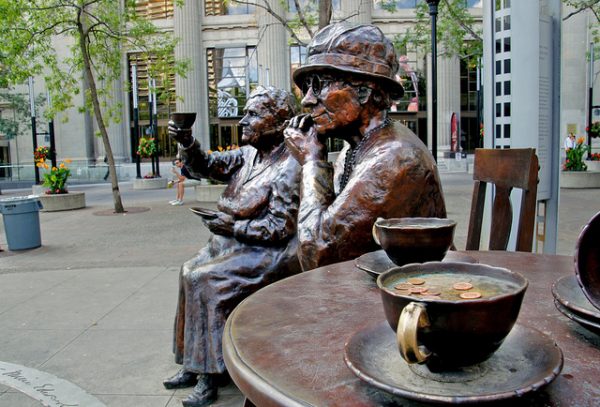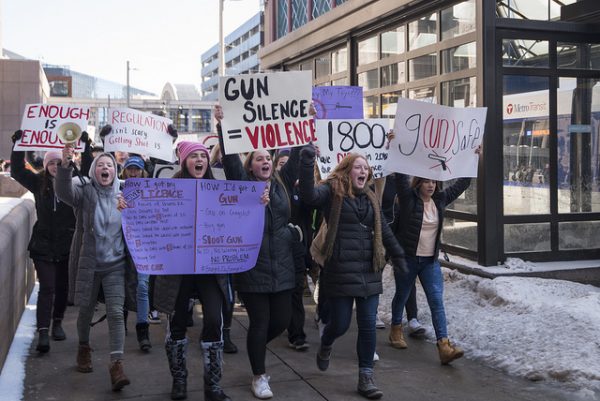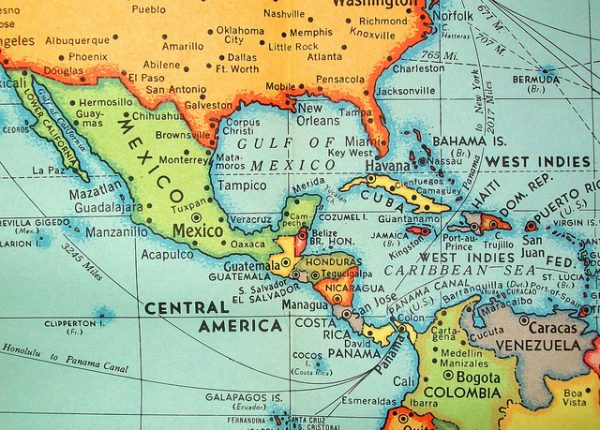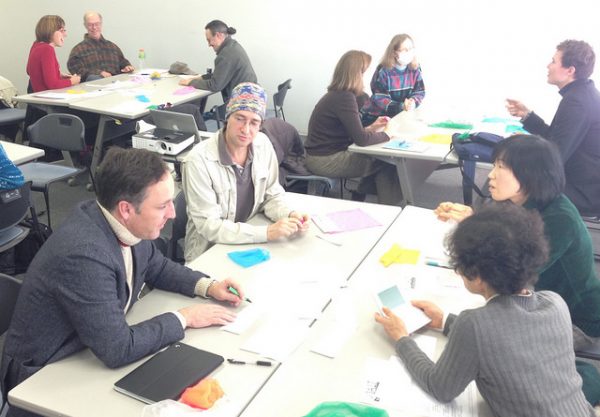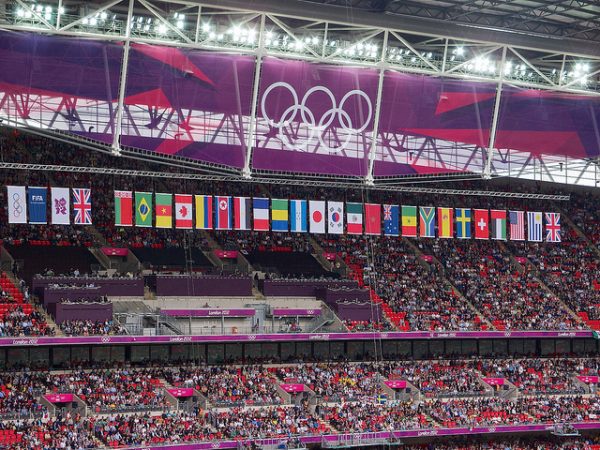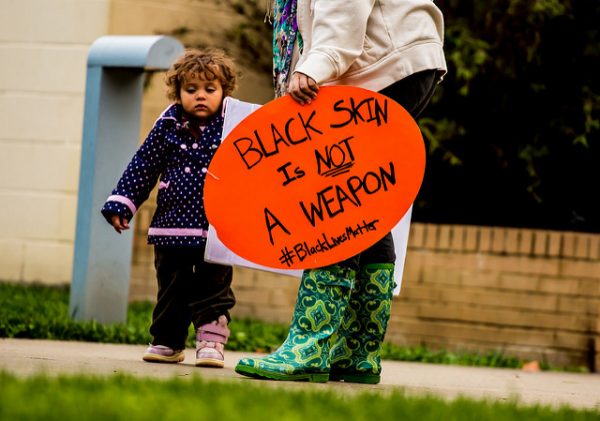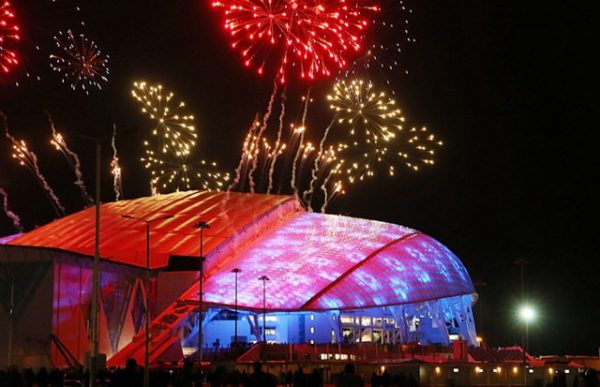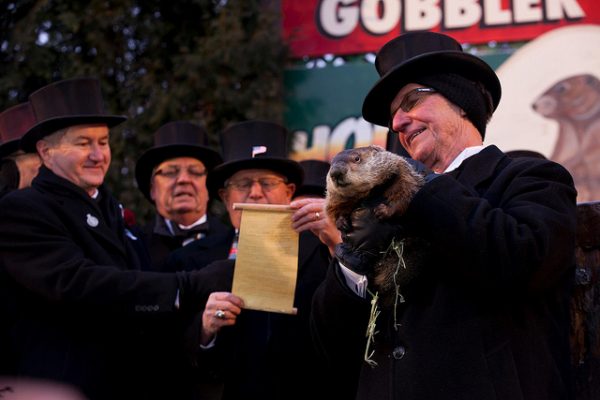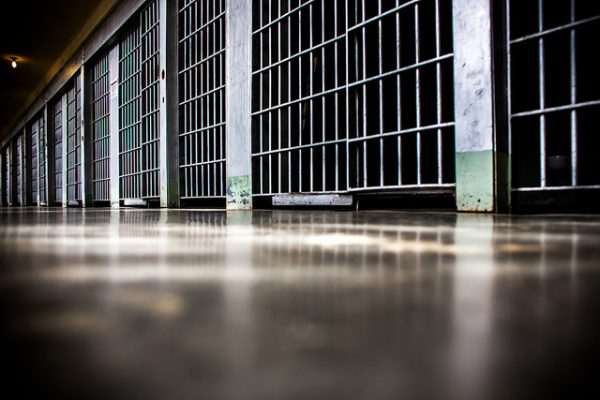
With recent calls from President Trump for the death penalty for opioid drug traffickers, it is no surprise that the United States is one of the most punitive democracies in the world. But does the Trump administration’s position reflect that of most Americans? Gallup recently re-released findings from a 1987 poll that suggests a majority of Americans opposed the death penalty for drug dealers during a period of heightened concern about drugs. Social scientists continue to investigate the social factors that inform punitive attitudes.
Among Whites, racial stereotypes about crime drive punitive attitudes. Whites’ racialized perceptions of crime — like the idea that Black individuals are more violent — contribute to support for several policies, including mandatory minimums, lowering the adult age-limit for juveniles, and the death penalty. Among Blacks and Hispanics, racial stereotypes do not appear to drive punitive attitudes. Instead, political beliefs and crime concerns seem to be more consequential for the punitive attitudes for people of color.
- Lawrence D. Bobo and Devon Johnson. 2004. “A Taste for Punishment: Black and White Americans’ Views on the Death Penalty and the War on Drugs.” Du Bois Review: Social Science Research on Race 1(1): 151-180.
- Ted Chiricos, Kelly Welch, and Marc Gertz. 2004. “Racial Typification of Crime and Support for Punitive Measures.” Criminology 42(2): 359–89.
- Justin T. Pickett and Ted Chiricos. 2012. “Controlling Other People’s Children: Racialized Views of Delinquency and Whites’ Punitive Attitudes Toward Juvenile Offenders.” Criminology 50(3):673–710.
- James D. Unnever and Francis T. Cullen. 2012. “White Perceptions of Whether African Americans and Hispanics Are Prone to Violence and Support for the Death Penalty.” Journal of Research in Crime and Delinquency 49(4): 519–44.
Recently, research indicates that criminal stereotypes about Hispanics and Latinos, anti-immigrant sentiments, and xenophobia also contribute to Whites’ punitive attitudes. One cross-national study comparing punitiveness across the European Union found that individuals who endorse anti-immigrant sentiments are more likely to support harsh punishments, even when accounting for other individual characteristics, like religious background. In the U.S. context, xenophobia may be more important than racial attitudes for heightened punitiveness.
- Joseph Baker, David Cañarte, and L. Edward Day. Forthcoming. “Race, Xenophobia, and Punitiveness Among the American Public.” The Sociological Quarterly.
- Graham C. Ousey and James D. Unnever. 2012. “Racial-Ethnic Threat, Out-Group Intolerance, and Support for Punishing Criminals: A Cross-National Study.” Criminology 50(3): 565-603.
This research helps us to understand what influences the increased “get tough on crime” talk in U.S. politics. Concerns about crime control reflect more than just current crime trends. They are connected to both race relations and immigration patterns. So, while many of us may dispute the notion of executing drug dealers in general, keep in mind that racial stereotypes and racial or ethnic hostility drive many current — and likely future — criminal justice policies and practices in the United States.
Check out this Contexts piece by Chris Uggen and Ryan Larson about how the American public may be “getting smarter” on crime and crime control.


